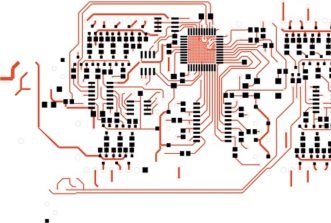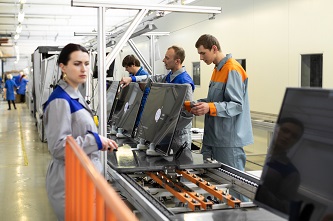This website uses cookies so that we can provide you with the best user experience possible. Cookie information is stored in your browser and performs functions such as recognising you when you return to our website and helping our team to understand which sections of the website you find most interesting and useful.
AI’s Impact: Data Centre Power Surge Raises European Grid Concerns
Data centre power requirements are projected to nearly double by 2030, placing significant strain on the European power grid, as revealed by the latest data from Goldman Sachs Research.
The surge in demand for artificial intelligence (AI) and cloud services is fueling the need for data centre power, which currently stands at 400TWh, representing 1 to 2% of the overall power consumption. However, experts predict that this ratio is likely to escalate to 3-4% by the end of the decade, surpassing 1000 TWh, marking a substantial 160% increase.
Goldman Sachs highlights that such a rapid escalation in power demand has not been witnessed in the United States since the early 2000s. This growth will be propelled by factors such as electrification, industrial reshoring, and the continued advancement of AI technologies.
Over the period between 2023 and 2033, Europe's power demand is anticipated to grow by 40% to 50%, primarily due to the expansion of data centers, according to Goldman Sachs Research. Currently, approximately 15% of the world's data centers are situated in Europe. By 2030, the power requirements of these data centers are projected to match the combined total energy consumption of Portugal, Greece, and the Netherlands.
Given that Europe boasts the oldest power grid globally, sustaining the electrification of new data centers will necessitate substantial investments. The analysis forecasts an expenditure of nearly €800 billion ($870 billion) on transmission and distribution infrastructure over the next decade, alongside an additional €850 billion in investments in solar, onshore wind, and offshore wind energy.
By 2030, data centres are expected to consume 8% of the power in the United States, a significant increase from the 3% recorded in 2022. To accommodate this surge, US utilities are projected to invest approximately $50 billion in new generation capacity solely to support data centers. Microsoft's recent sustainability report points to the escalating demand for AI as a factor that could impede the company's ability to achieve its environmental targets by 2030, despite sourcing 100% of its data centre power from renewable sources.
Nevertheless, the analysis does not seem to consider advancements in power supply efficiency over the forecast period, which could help reduce overall power consumption. Enhancing power conversion efficiency from 98% to 99.5% through gallium nitride switching at higher frequencies exceeding 2MHz has the potential to slash conversion losses by two-thirds.
Sources: Goldman Sachs Research














